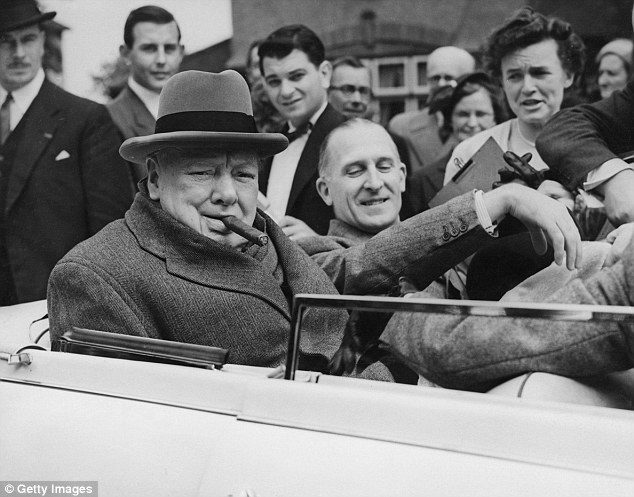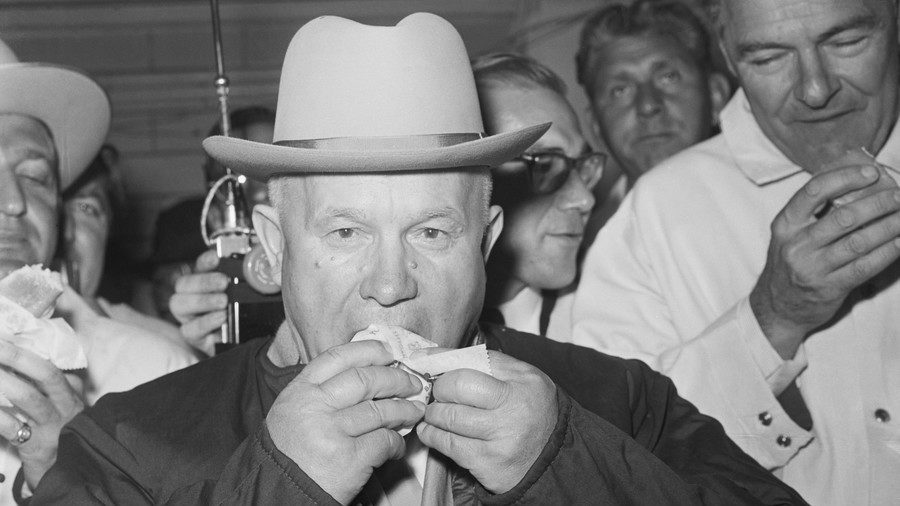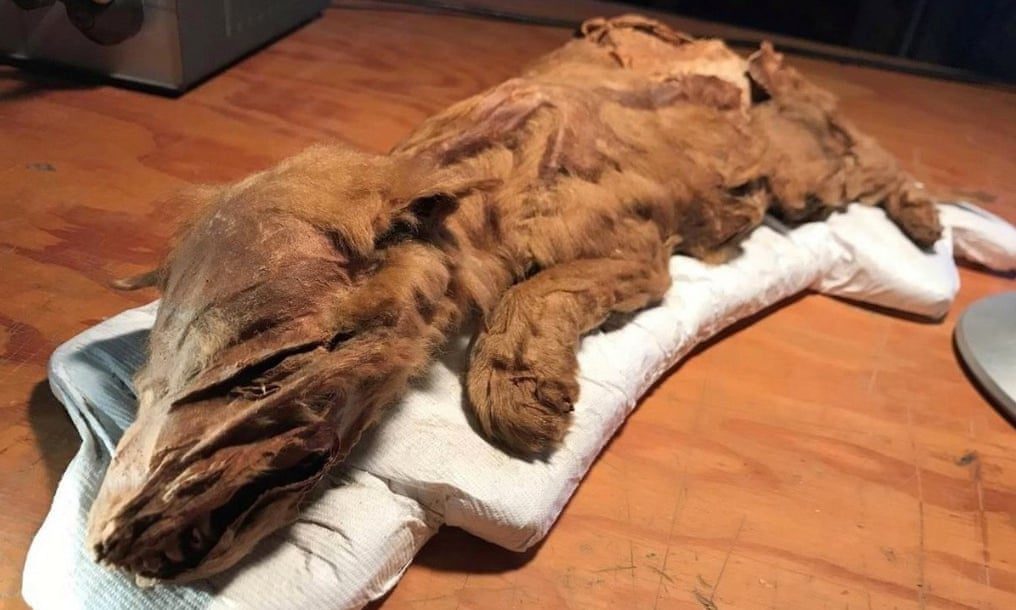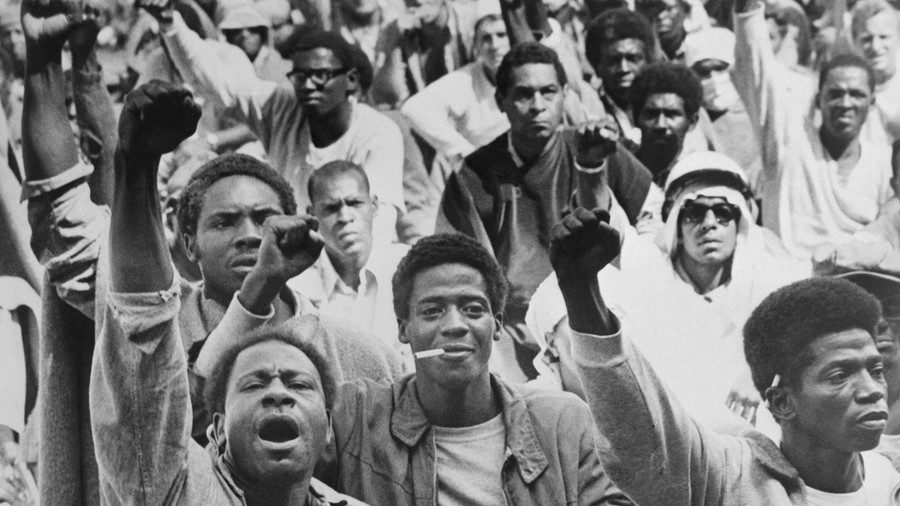
According to legends from the Middle Ages, a pope named John, or Johannes Anglicus, who reigned during the middle of the ninth century, was actually a woman, Pope Joan. For instance, a story from the 13th century written by a Dominican monk from Poland named Martin claimed that Pope Joan became pregnant and gave birth during a church procession.
However, there is much debate over whether a pope named Johannes Anglicus existed, much less whether this pope was a man or woman. The doubt stems in part from the great deal of confusion over the identities of popes during the middle of the ninth century. For example, in the oldest surviving copy of the Liber Pontificalis, the official book of biographies of popes during the early Middle Ages, "Pope Benedict III is missing entirely," study author Michael Habicht, an archaeologist at Flinders University in Adelaide, Australia, told Live Science.
Discovering whether Pope Joan existed may not only solve a religious and historical mystery, but also factor in to modern arguments over the role of women in the church. "The debate on female ordination in the church is still ongoing," Habicht said.
Now, Habicht has suggested that symbols on medieval coins show that Pope Johannes Anglicus may have existed, and so, Pope Joan may have been real as well. "The coins really turned the tables in favor of a covered-up but true story," Habicht said.












Comment: For more information on what the environment was like back then and what kind of events may have been involved in their demise, see:
- Of Flash Frozen Mammoths and Cosmic Catastrophes
- The Golden Age, Psychopathy and the Sixth Extinction
- Mammoth site is over 100,000 years older than previously thought - And the climate was warmer than it is today
See also: